Over 50% of the world population uses the Internet. 2016 is the year this incredible hallmark was reached. But what happens with the other half?
Within the framework of the World Telecommunications and Information Society Day, celebrated around the world on 17 May, we take you on a trip around the world to learn how having or lacking access to the Internet affects people.
The goal of the World Telecommunications and Information Society Day is to help foster awareness about the possibilities that the Internet and other Information and Communication Technologies bring to societies and economies. It is celebrated on 17 May to mark a date: it is the day when the first international telegraphic convention was signed, in 1865. This was also the day chosen to establish the International Telecommunications Union (UIT - ITU), which organizes the campaign.
The way in which we access information and share it with others has changed over the passed 20 years thanks to the evolution of the Internet. The webpage Our World in Data states that the Internet has drastically changed the way in which we work, spend our free time and communicate with others, and that it will continue to change our lives “in an unpredictable manner”.
There are, however, factors that condition access to and the use made of the network by any person: age, education, gender or purchasing power. In the 90’s the typical Internet user was a white, middle-aged man with a university degree. This is how the term digital gap came into use, referring to the inequality among people who have access to the web and those who don’t. Back then most of the world population was excluded from the possibilities brought by the Internet and ICT.
This has changed and the web has reached a growing number of people. In 2016 a hallmark was reached: half of the world population has accessed the Internet and the most optimistic affirm that the digital gap is shrinking. Others, however, prefer to focus on the other half of the population, who continue to be excluded. Furthermore, they underscore that the gap does not only exist in terms of the level of access to the Internet, but also in the way in which it is used and the quality of this use.
Impoverished countries: the ones with less access
The report Digital in 2017 Global Overview, published by We are social and Hootsuite reveals that for the first time in history, more than half of the world population has access to the Internet. It also reflects the growing importance of access via mobile phones: more than half of the Internet traffic around the world is done using mobile phones.
Digital in 2017 Global Overview from We Are Social Singapore
Access to the Internet is almost universal in the richer countries and is on the rise in impoverished countries. Nevertheless, there continues to be a big gap between the former and the latter, for instance, in terms of the connection speed. Many countries do not yet have the infrastructure in place to increase the Internet speed and the digital gap is even more evident when considering the download speeds.
Burundi, Sierra Leone, Guinea, Somalia, Chad, Nigeria, the Democratic Republic of Congo, Ethiopia…are just a few African countries with a penetration of the Internet below 5%. These are data from the webpage Internet live stats.
Beyond infrastructures, another influencing factor is governments’ interest and censorship. For example, in December 2016, the Gambian government blocked the Internet during the presidential elections. The 2016 report by Reporters without borders denounces Internet shut-downs in some African countries during election periods or whenever there are social protests.
Education and income levels still have an influence
In every place, young people with a higher education and greater income continue to have greater access to the Internet.
In Barcelona, for instance, difference can be spotted by neighbourhoods. This is highlighted in the 2016 report The digital gap in the city of Barcelona. The report reaches the conclusion that neither gender nor nationality have an impact on the digital gap in Barcelona, but that age does (it affects people older than 64), and especially, employment, the level of education and income.
In rich countries, the digital gap by gender is barely noticeable in terms of access to the Internet, but is visible in terms of presence and influence on the web. This is explained in the article by xarxanet.org Does the Internet contribute to equality between men and women?
The Internet, a human right?
Access to the Internet is considered as a basic human right by the UN Human Rights Council. This body adopted a non-binding resolution in June 2016.
Also, the UN 2030 sustainable development agenda includes access to the Internet as one of the central accelerators for development: “ The spreading of information and communication technologies and the global interconnection hold a huge potential to accelerate human progress, breach the digital gap and develop the society of knowledge, as well as scientific and technological innovation in very diverse areas such as medicine and energy”.

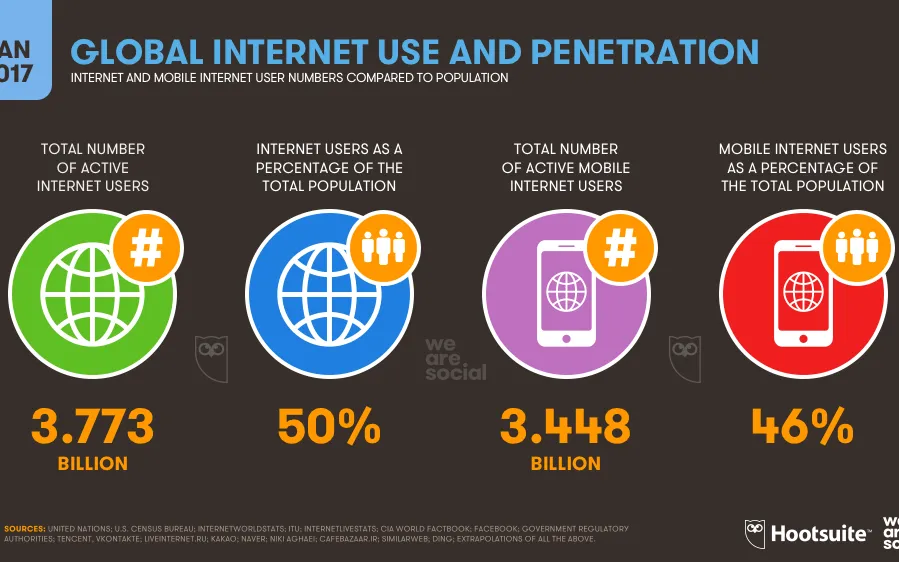
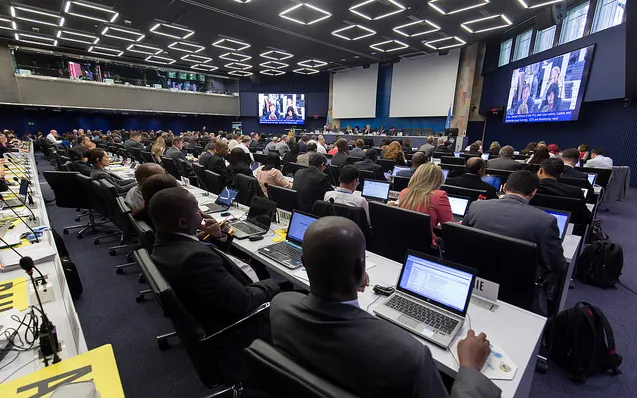
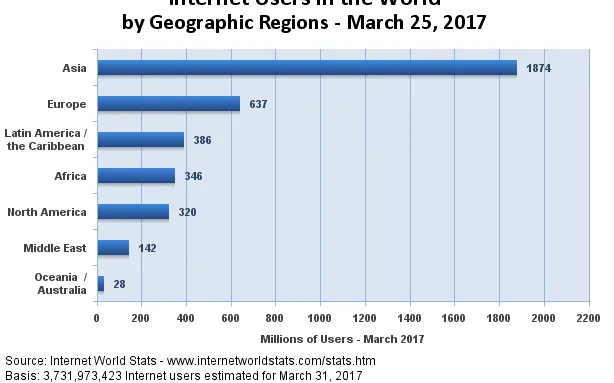
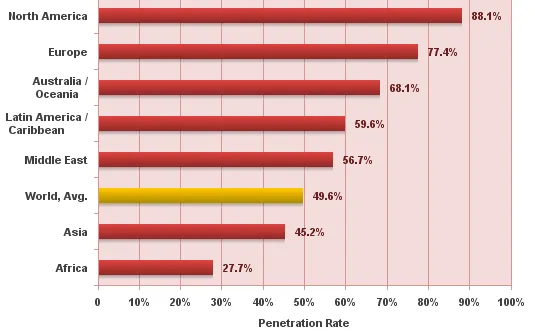
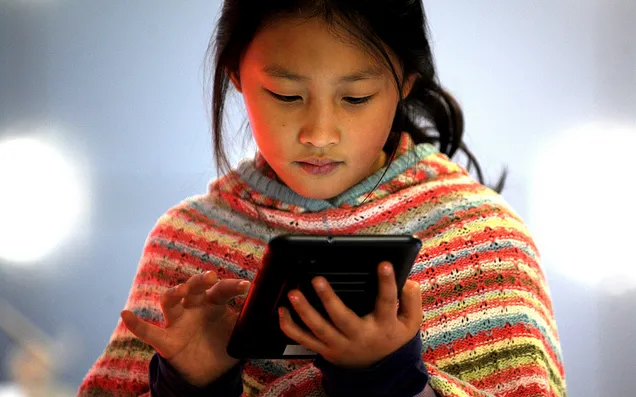
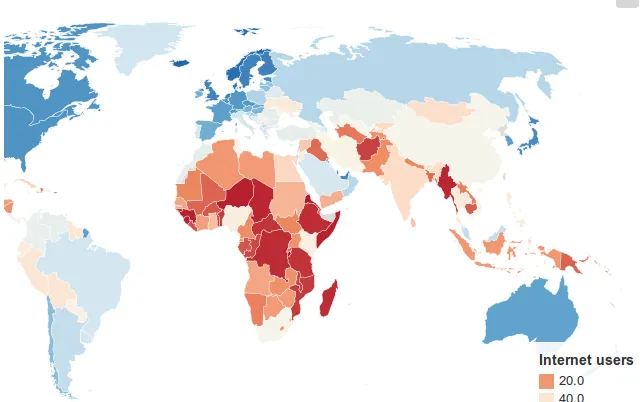
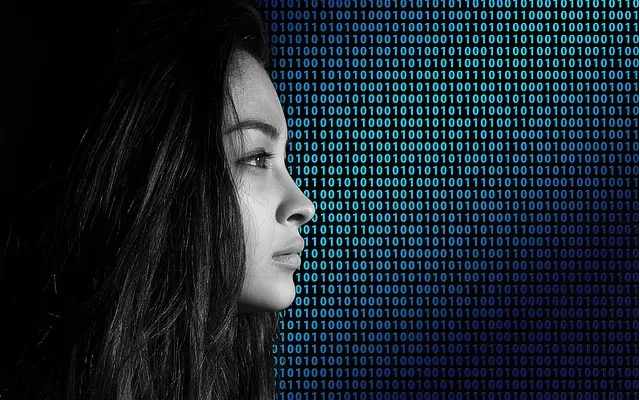



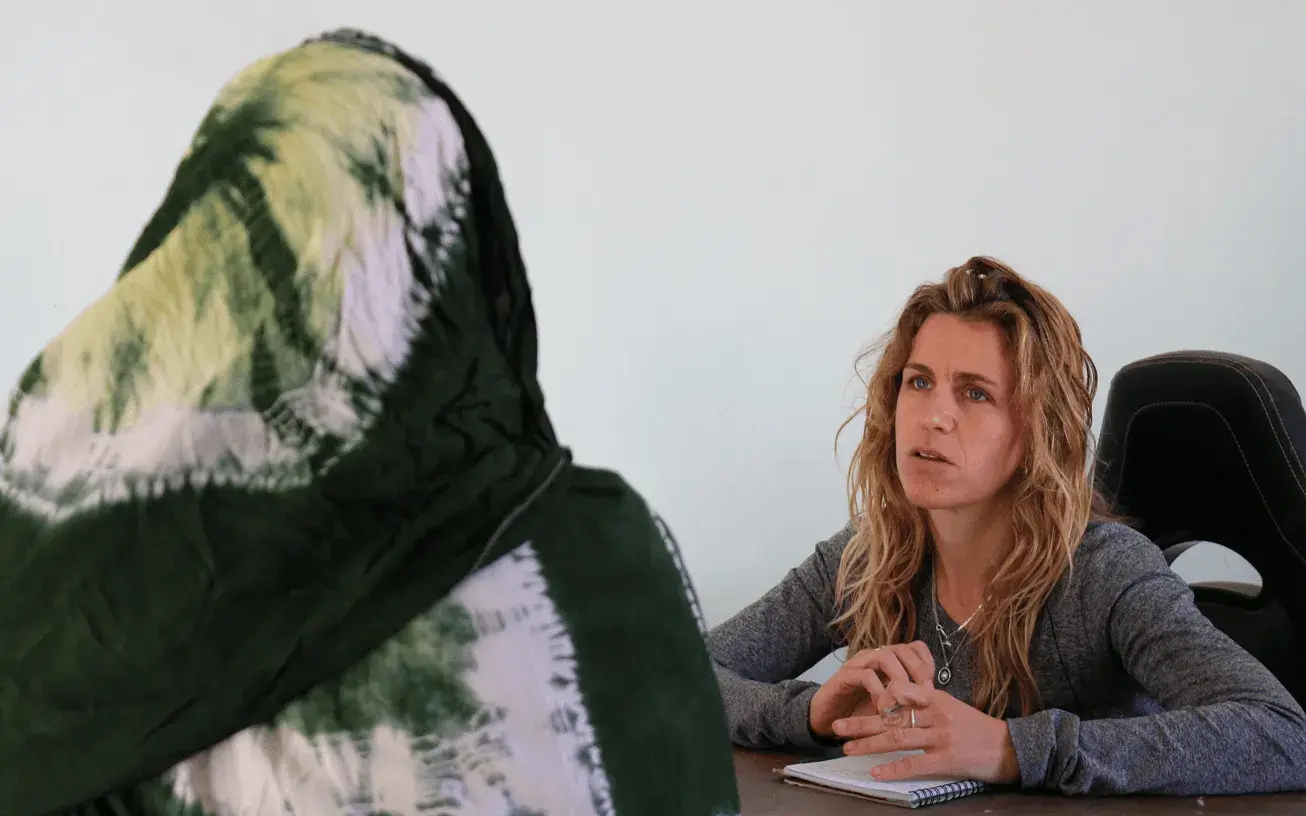
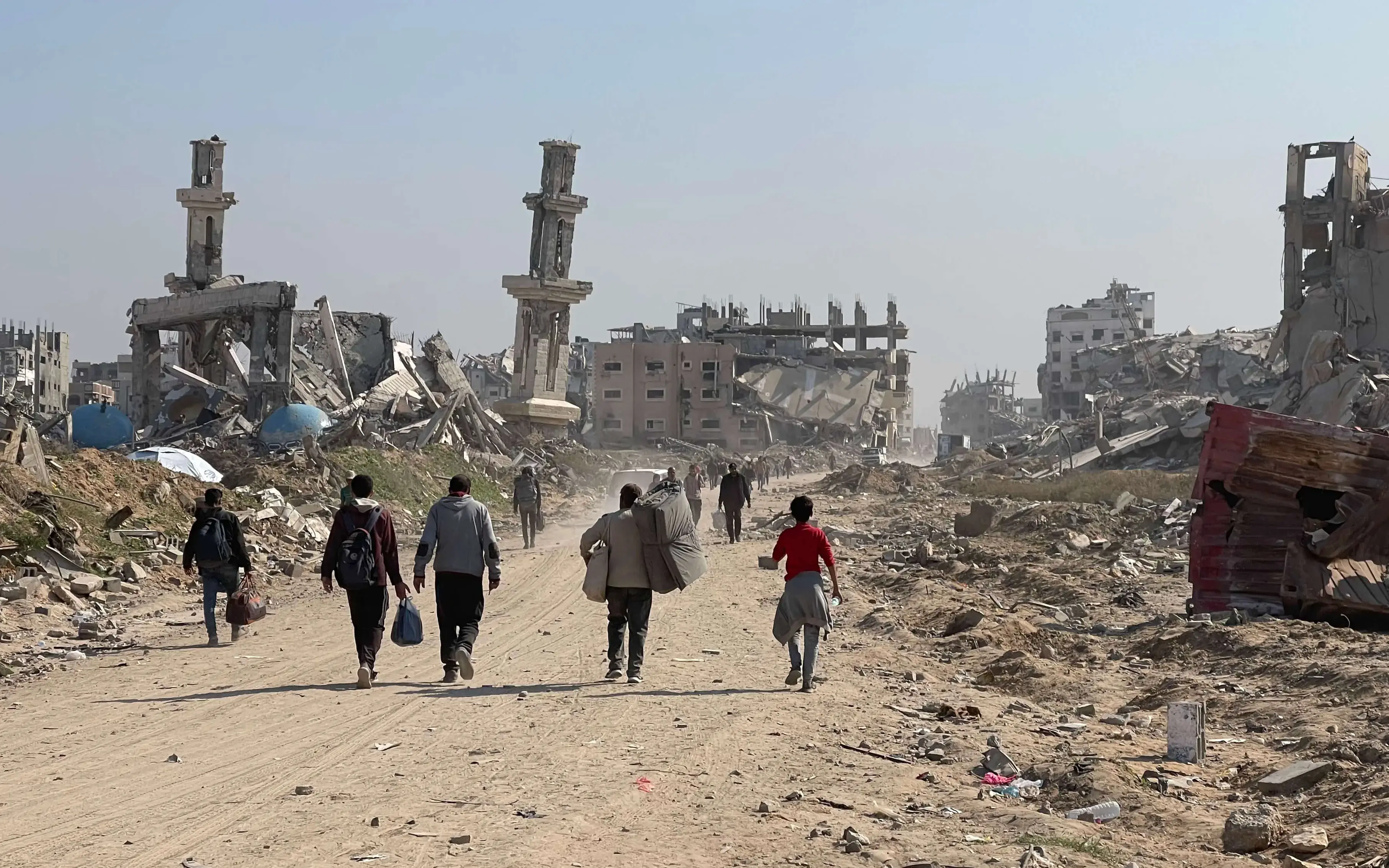

Add new comment